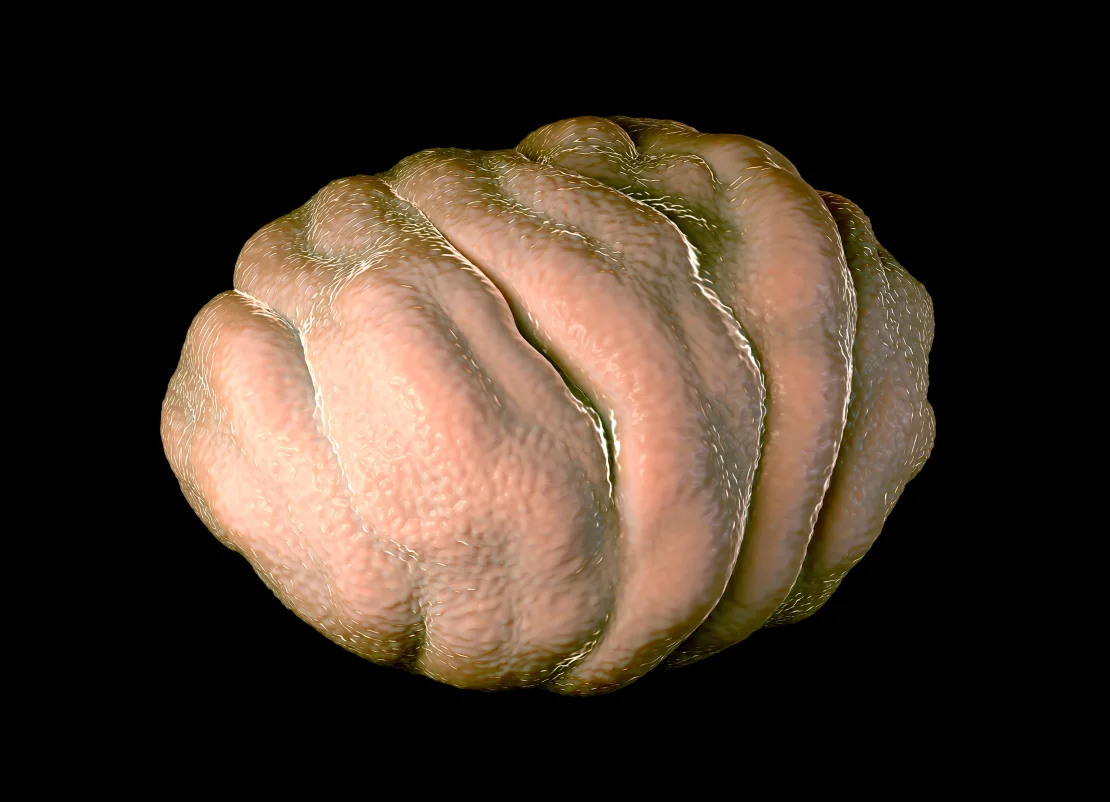Tardigrades, also known as water bears, commonly survive in some of Earth’s most challenging environments. The microscopic animals are so extraordinary that they have even traveled to the International Space Station for research.
When the going gets rough, the astonishingly hardy creatures are capable of entering a form of suspended animation, called the “tun state,” for decades. Now, researchers say they have unlocked the mysterious mechanism that activates the animals’ survival mode — and the work could have implications for humans — according to a new study.
Under stress in extreme cold or other harsh environmental conditions, tardigrades’ bodies produce unstable free radicals of oxygen and an unpaired electron, aka a reactive oxygen species that can wreak havoc on the body’s proteins and DNA if they overaccumulate. (Yes, this oxidative stress is the same physiological event humans experience when stressed and why health experts suggest you eat loads of blueberries and other antioxidant foods when having a hard week at work.)
The survival mechanism kicks off when cysteines, one of the amino acids that forms proteins in the body, come into contact with these oxygen free radicals and becomes oxidized, the researchers found. That process is the signal that lets the tardigrade know it’s time to go into the protective mode of tun. The free radicals become, so to speak, the hammer used to smash the glass on a fire alarm.
The findings were published January 17 in the journal PLOS One. The revelation could eventually help in the development of materials that can respond to harsh conditions such as deep space or therapies that could disarm cancer cells, said lead study author Amanda L. Smythers, a postdoctoral research fellow at Dana-Farber Cancer Institute and Harvard Medical School in Boston.

‘A eureka moment’
In unforgiving habitats as varied as Antarctica, mountain peaks and deep-sea vents, tardigrades facing extreme temperatures or dehydration will retract their eight arms and decrease the amount of water they’re storing.
The water bears shrink to one-quarter of their normal size. The usually linear and somewhat chunky-looking invertebrates transform into protective, dried-out balls in the tun state, lying dormant in environments that would kill most other life-forms.
Smythers and researchers at the University of North Carolina at Chapel Hill and Marshall University in Huntington, West Virginia, first started looking at this phenomenon thanks to a growing body of literature that suggested cysteines were involved in kicking off the tun process, she said.
“When we were looking at the list of all these crazy circumstances that tardigrades can survive — space, in a vacuum, a high salt concentration like when an ocean starts evaporating — the one thing that really connected all of these things were reactive oxygen species,” Smythers said. “It was actually a bit of a eureka moment.”
Over the past decade, researchers have started to understand that reactive oxygen species, free radicals that were once considered completely “problematic,” Smythers said, may be “really important for our bodies to work and be able to adapt to different stresses.”
Earlier studies said that instead of the free radicals helping initiate the tun process as protection against stressors, tardigrades were protecting themselves from free radicals. The body’s production of free radicals, Smythers and her coauthors found, is instead part of the process of helping the tardigrade protect itself by curling into a hard-shelled ball resistant to extreme heat, cold or other environmental factors. “We came up with this idea (that) maybe it’s those species that are actually signaling to the tardigrades to enter their tun state,” she said.
First, an off-the-books experiment
Before setting up the longer process used in the study, Smythers called on an undergraduate to help do a quick experiment and test her early hypothesis about reactive oxygen species and their role in starting tun formation.